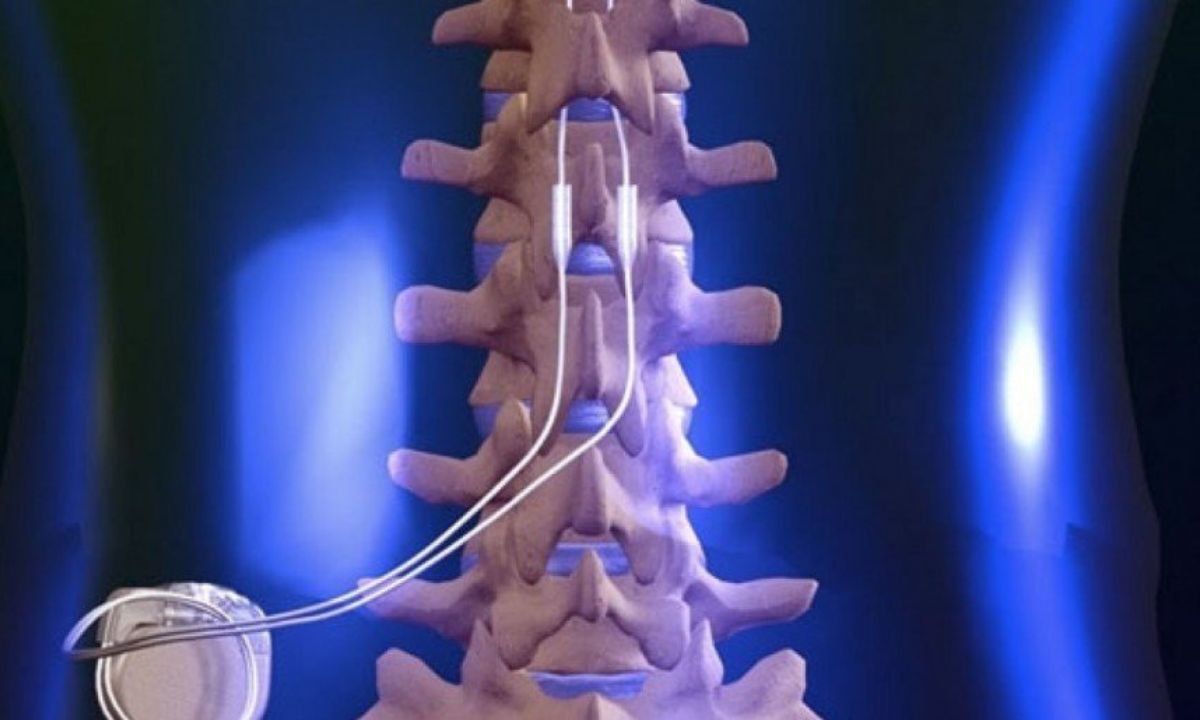Chronic pain is a persistent and often debilitating condition that can disrupt every aspect of a person’s life. For individuals who have exhausted traditional treatment options like medications, physical therapy, or surgery with little success, the search for effective relief can feel endless. Fortunately, advancements in medical science have introduced innovative solutions such as neuromodulation, a groundbreaking approach that targets the nervous system directly to address the root cause of pain.
Neuromodulation is transforming pain management by offering long-term relief for individuals with chronic and treatment-resistant pain conditions. This minimally invasive technique not only alleviates discomfort but also enhances overall quality of life by restoring functionality and mobility. At Foundation Pain & Spine PLLC, neuromodulation is a key component of their comprehensive pain management strategies, helping patients reclaim their lives with personalized care – https://foundationpainspine.com/ .
What Is Neuromodulation and How Does It Work?
Neuromodulation is a medical technique that involves altering the way the nervous system processes pain signals. By using specialized devices to stimulate nerves or modify their activity, neuromodulation can effectively “rewire” the way the body perceives pain. This targeted approach provides relief by disrupting the pain signals before they reach the brain, offering a non-opioid, minimally invasive solution for chronic pain.
There are several key types of neuromodulation used in pain management:
- Spinal Cord Stimulation (SCS). This involves implanting a small device near the spinal cord that sends electrical impulses to block pain signals. SCS is particularly effective for conditions like failed back surgery syndrome, chronic back or leg pain, and complex regional pain syndrome (CRPS).
- Peripheral Nerve Stimulation (PNS). PNS targets specific nerves outside the spinal cord, delivering electrical impulses to reduce localized pain. It is commonly used for nerve-related pain caused by injuries or chronic conditions.
- Pain Pumps. These devices deliver small doses of medication directly to the spinal fluid, allowing for effective pain relief with minimal systemic side effects.
The process begins with an assessment to determine whether neuromodulation is suitable for the patient’s condition. If deemed appropriate, a temporary trial device may be used to evaluate its effectiveness before committing to a permanent implant. Most procedures are outpatient-based, requiring minimal recovery time.
The benefits of neuromodulation include:
- Minimally invasive techniques that avoid the need for major surgeries.
- Adjustable settings to customize the treatment to the patient’s specific pain levels and needs.
- Reversibility, as devices can be turned off or removed if necessary.
- Reduced reliance on pain medications, minimizing risks of dependency and side effects.
Neuromodulation is particularly beneficial for individuals with conditions such as neuropathy, sciatica, post-surgical pain, and other chronic or treatment-resistant pain syndromes. Its effectiveness and versatility make it a leading option for long-term pain relief.
Applications and Benefits of Neuromodulation
Neuromodulation has become a cornerstone in modern pain management, providing relief for patients who have not responded to other treatments. Its applications extend across a wide range of conditions and pain types, making it a versatile solution for complex cases.
- Chronic back and leg pain. Spinal cord stimulation is often recommended for individuals who have undergone back surgery but still experience persistent pain, as well as those with nerve-related pain radiating into the legs.
- Nerve pain. Peripheral nerve stimulation provides targeted relief for conditions like post-surgical nerve damage or localized pain due to injuries.
- Complex Regional Pain Syndrome (CRPS). Neuromodulation helps manage the severe, often debilitating pain associated with CRPS by altering how the brain processes pain signals.
- Cancer-related pain. Pain pumps are particularly useful for managing severe cancer pain, allowing for precise medication delivery with fewer side effects.
- Arthritis and joint pain. In cases where inflammation impacts nerve activity, neuromodulation offers a non-surgical option for long-term pain relief.
In addition to its targeted applications, neuromodulation is valued for its ability to improve patients’ daily lives. By reducing pain levels significantly, it enables individuals to regain mobility, return to work, and participate in activities they previously avoided due to discomfort. For many, this improvement in quality of life is as vital as the physical relief itself.
Furthermore, neuromodulation treatments are highly customizable, allowing healthcare providers to adjust stimulation settings over time. This adaptability ensures that patients receive consistent relief even as their conditions evolve. The ability to modify or discontinue treatment as needed makes neuromodulation a safe and flexible option for long-term use.
Neuromodulation represents a breakthrough in the field of pain management, offering hope and effective relief to those who have struggled with chronic pain for years. By directly addressing the nervous system’s role in transmitting pain signals, this technique provides a powerful alternative to traditional treatments. Whether through spinal cord stimulation, peripheral nerve stimulation, or pain pumps, neuromodulation offers a path to lasting relief, improved functionality, and renewed quality of life. For anyone battling persistent or treatment-resistant pain, exploring neuromodulation could be a life-changing step forward.











